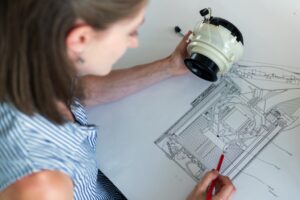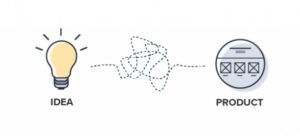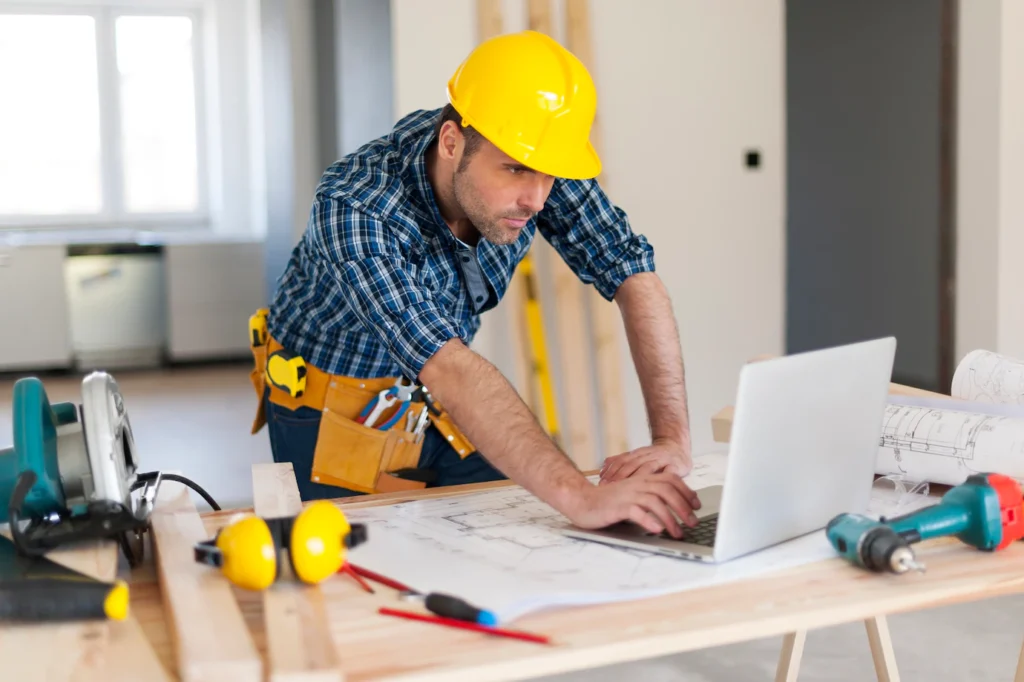
Source: freepik.com
House construction is an industry that’s been around for centuries, but it’s about to undergo a major transformation courtesy of new technologies. From 3D printing to artificial intelligence, these tools are changing the way houses are designed and built. In this blog post, we will explore how new technologies are changing the house construction process and how you can take advantage of these changes to save money and time.
Construction Industry
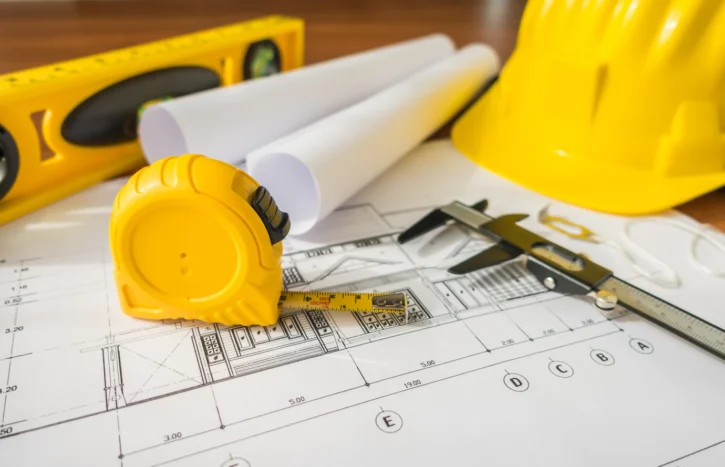
The construction industry is one that has long been staunchly resistant to change. But now, there are new technologies emerging that may revolutionize the way houses are built.
One such technology is 3D printing. This process can produce a wide variety of objects from materials like plastic, metal, and concrete. It is especially useful for making parts that are difficult to produce using other methods, like intricate details or large quantities.
It can also be used to make structures out of concrete. This material is strong enough to support a lot of weight, so it can be used in buildings such as bridges and skyscrapers. Construction companies could even use this technology to build entire houses on-site using prefabricated parts.
Another technology that is changing the way houses are built is Robotics Construction Systems (RCS). RCS machines are designed to automate many aspects of construction, including handling materials and equipment. They can also operate quickly and safely, so they are ideal for building high-rise structures or complex infrastructure projects.
These technologies have the potential to revolutionize the way houses are constructed across the board. They could make it easier and faster to build new homes, while also reducing costs incurred along the way.
Construction Technologies with Advanced Structural Systems
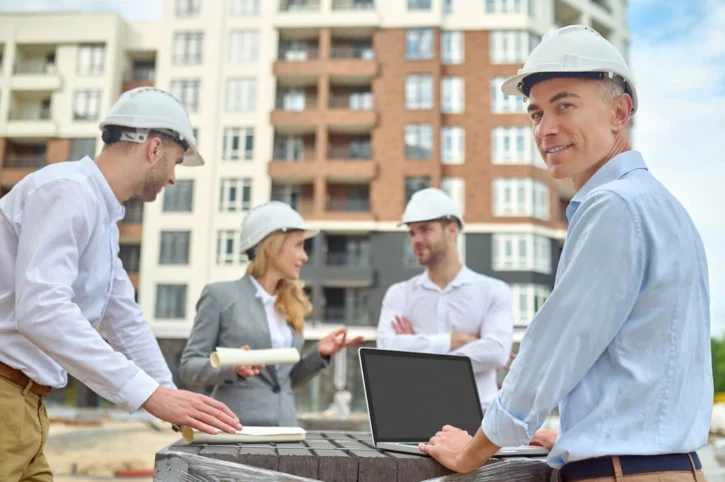
New construction technologies are set to revolutionize the way house construction is done. These include advances in horizontal structural systems, which allow for taller and more complex structures without relying on traditional building methods.
The use of these new systems has the potential to make houses much taller and more complex, without the need for reinforcement or excessive use of supporting beams. This could lead to a reduction in building costs, as well as a reduction in environmental impact.
Another advantage of using these new systems is that they can be adapted to any location or climate. This means that houses can be built in areas that were previously unsuitable for construction, such as coastal zones or areas with severe weather conditions.
Overall, advancements in horizontal structural systems have the potential to change the way house construction is done across the board. They could lead to a reduction in costs and an increase in flexibility and versatility when building homes.
The Impact of 3D Printing on House Construction
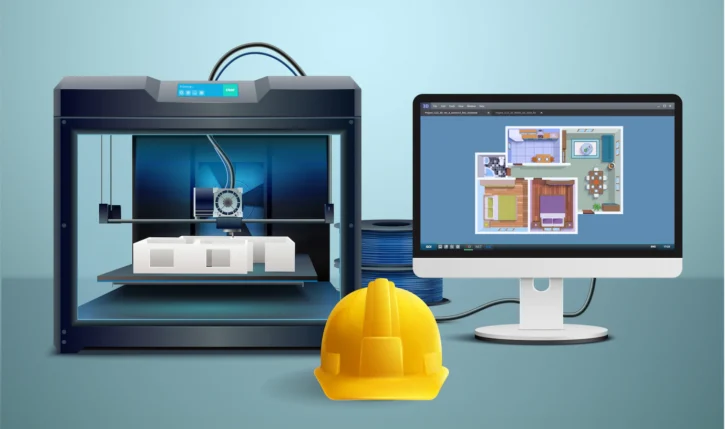
When it comes to home construction, house building software programs are usually used to create blueprints of the house. These blueprints are then used by builders to construct a house. With the advent of 3D printing, this process may soon change. The technology of 3D printing is quickly changing the game. Here are just a few of the ways in which this technology is impacting house construction:
• 3D printing can help save on material costs by allowing builders to create custom parts instead of purchasing pre-made components. This reduction in expenses can have a dramatic impact on the overall cost of a house.
• It can also speed up the process of constructing a house, since it can allow for the creation of customized plans and models that can be tweaked as needed. This flexibility allows builders to meet stringent deadlines while still ensuring high quality results.
• Perhaps most importantly, it allows for more sustainable construction methods, as it allows for the reuse and recycling of materials instead of always having to throw something away. This reduced reliance on resources has huge implications for both our environment and wallet alike!
The Impact of Robotics on House Construction
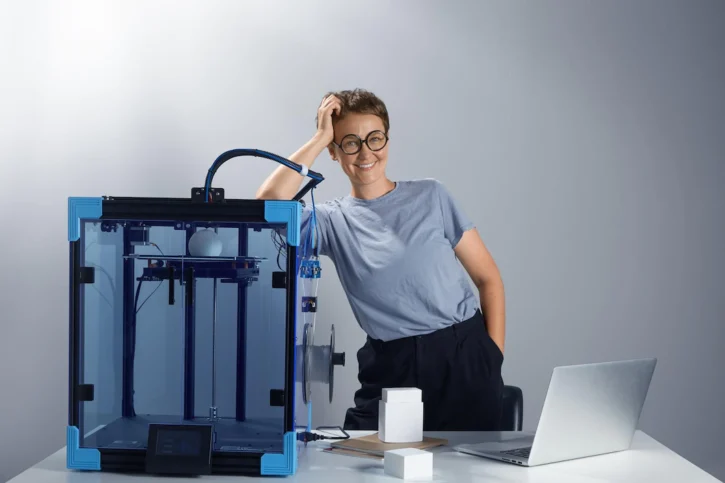
According to recent studies, the use of robotics in house construction could revolutionize the entire process by which homes are built. The research found that robotic technologies could significantly reduce the time it takes to construct a home, as well as the cost. And that’s not all – robots could also help create more sustainable and healthy homes.
There are studies that look at how various robotic technologies can be used in the construction of houses. They found that mobile robots could be used to quickly survey and plan a building site, while autonomous ground robots could be used to build walls, ceilings and floors. These machines are able to work faster and more efficiently than human workers, so they can save a lot of time and money.
The research also showed that drones could be used to measure architectural details like windows and doors, which would then be incorporated into the plans. This would mean that no changes would need to be made once the plans were finalized – perfect for speedier construction projects!
All these advancements mean that we can expect houses constructed using robotics to look better and last longer than those built using traditional methods. Not only will this save us time and money, but it will also improve our quality of life by creating healthier homes that are less likely to suffer from accidents or pests. So whatever your needs – from basic renovations to complete new builds – robotics will play an important role in making them a reality.
The Impact of Artificial Intelligence on House Construction
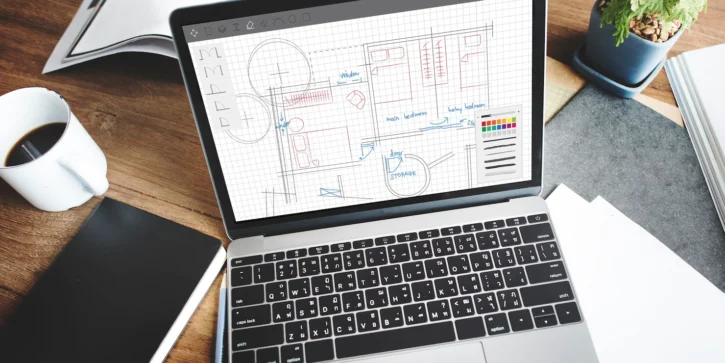
If you’re like most people, you likely have at least a passing familiarity with artificial intelligence (AI). You may have heard of it in the context of technology advancements like Google Now and Amazon’s Alexa, or in movies and TV shows like “The Terminator” and “The Matrix.” But what is AI, exactly? Simply put, AI is a computer-generated system that can autonomously analyze data and learn. This ability makes it an important tool for analyzing and processing large amounts of information. In the world of house construction, AI can help speed up the process by automating certain tasks, such as calculating dimensions and weights for materials. Additionally, AI can be used to create 3D models of houses to help planners visualize how different changes will impact the design. While there are still many unknowns about how AI will affect house construction in the future, it is already having a positive impact on the industry.
Conclusion
House construction is in for a big change over the next few years, thanks to new technologies like 3D printing. This article explores some of the ways that these technologies will revolutionize house construction and how they can help lower costs, speed up the process, and improve the quality of finished homes. So if you’re thinking about building or remodeling your home in the near future, keep this list in mind to better understand what’s possible.


